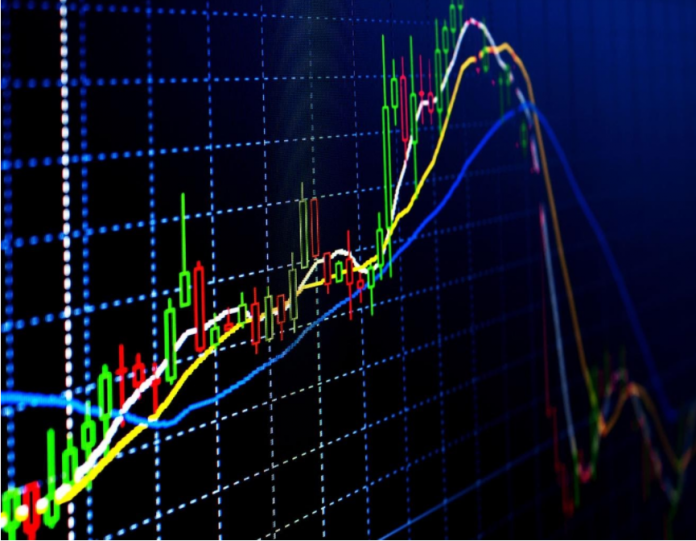Slippage is the bane of every financial trader’s life. Whether you’re buying or selling, and whether you’re trading in stocks, forex or futures, slippage is inevitable to some extent. On the other hand, there are steps you can take to reduce its impact on your profits, and in some cases avoid it altogether, though doing that generally comes at a price.
What is slippage?
Slippage is when the price of an asset ‘slips’ in the time between you placing an order and it going through. Even if that time is just a fraction of a second, the market price may be higher or lower than you expected once the trade has been executed.
This means that if you commit to buying a stock at one price, you may find that you’ve paid slightly more by the time the deal is done, as the price went up while your broker was arranging it. Similarly, if you are selling stock, you may get slightly less than you expected as the price went down during the same period.
A fact of life
Of course, sometimes slippage can work in your favour, and many traders are inclined to accept it as just a fact of trading life, a variable cost that has to be accounted for. Nevertheless, it makes sense to practise good risk management. The price may only shift by a couple of pence per share, but if you’re buying 500 shares in one trade, this can make a big difference.
Choosing a broker
Some brokers may set a tolerance level for slippage and reject orders if the slippage is too great. We Compare Brokers is an independent review site that will help you choose a broker that’s right for you. Check out its FXTM review to see what it makes of this popular forex broker. It’s also worth finding out what sort of premium your broker charges for a guaranteed stop, which will stop any orders from going through if the price goes above or below a pre-set level.
Market orders vs limit orders
Slippage only happens with a market order, which is a regular order to buy or sell at the current market price. The alternative is to use a limit order, which only goes through if the price is the one you want, or better. If the market price slips to a worse price than the one you specify, the order doesn’t happen.
Obviously, the risk here is that a limit order means that you may miss out and not be able to buy or sell at all. Your order will be held over until such a time as your desired price is available again, but there’s no guarantee of when or even if this will happen. With a market order, your trade will definitely happen right away, but possibly at a slightly weaker price.
Liquidity
Other tips for reducing the risk of slippage include trading when the market is most liquid, i.e. during peak trading hours when more people are buying and selling, and going for widely traded commodities or currency pairs. The longer you hold a position, the more chance of slippage there is. You should also avoid trading when major news stories are breaking that could affect the price of the asset you have in mind.
Slippage is something that always has to be reckoned with. However, smart traders can take measures to avoid its worst effects.
Disclaimer: This article contains sponsored marketing content. It is intended for promotional purposes and should not be considered as an endorsement or recommendation by our website. Readers are encouraged to conduct their own research and exercise their own judgment before making any decisions based on the information provided in this article.



































